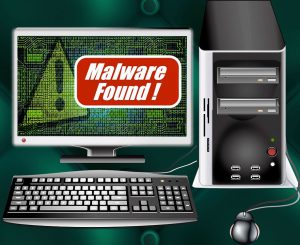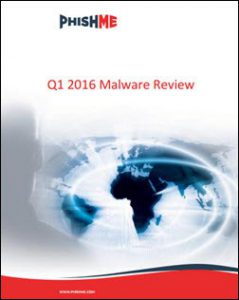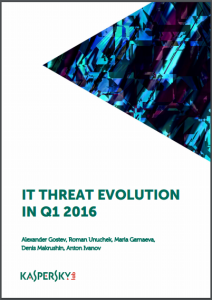Once they have breached a system, most hackers no longer need malware, according to a new study by LightCyber, a provider of Behavioral Attack Detection solutions. According to the company's Cyber Weapons Report 2016, 99 percent of post-intrusion cyberattack activities used standard networking, IT administration and other tools. "While malware was commonly used to initially compromise a host, once inside a network malicious actors did not typically utilize malware," the company said in a statement. "As an example, Angry IP Scanner, an IP address and port scanner, was the most common tool associated with attack behavior, followed closely by Nmap, ...









